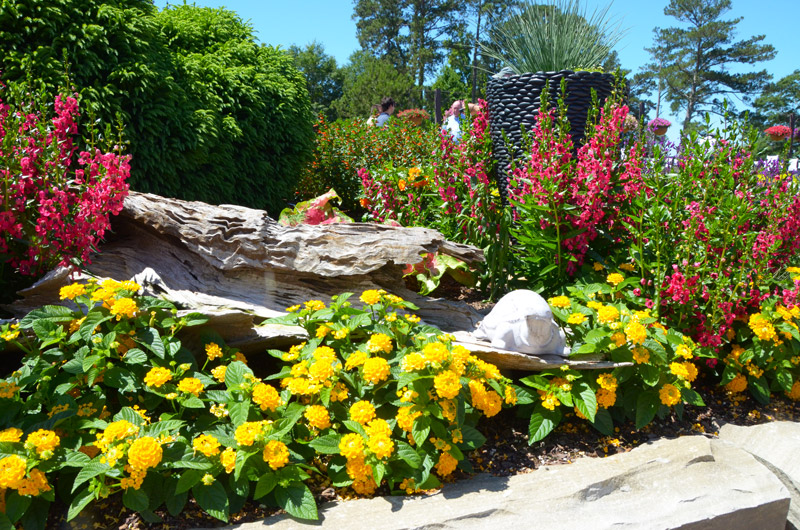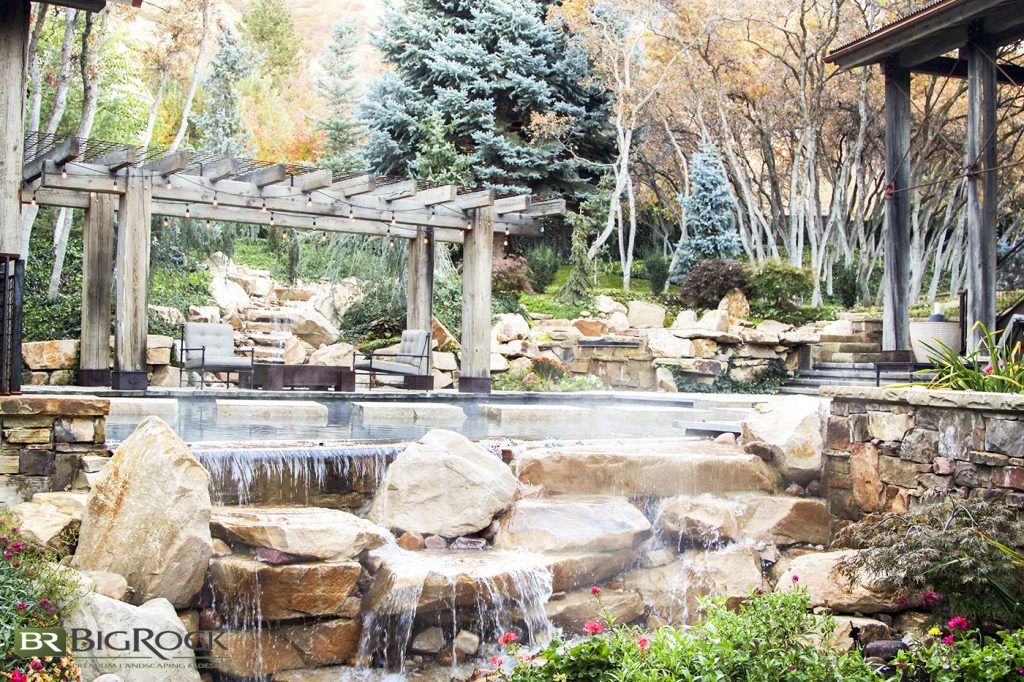How Hilton Head Landscapes can Save You Time, Stress, and Money.
How Hilton Head Landscapes can Save You Time, Stress, and Money.
Blog Article
Not known Details About Hilton Head Landscapes
Table of ContentsThe Best Guide To Hilton Head LandscapesUnknown Facts About Hilton Head LandscapesAll About Hilton Head LandscapesSome Ideas on Hilton Head Landscapes You Need To KnowHilton Head Landscapes Can Be Fun For EveryoneA Biased View of Hilton Head LandscapesAll About Hilton Head Landscapes
Line develops all types and patterns and can be made use of in a selection of methods the landscape. Line in the landscape is developed by the edge in between two products, the synopsis or silhouette of a kind, or a lengthy straight function. Lines are a powerful tool for the developer since they can be utilized to create an infinite variety of forms and forms, and they control motion of the eye and the body.

Lines can have several qualities, such as those described listed below, but they usually serve different purposes. Figure 1. Lines in the landscape - hilton head landscapers. The residential properties of lines figure out how people reply to the landscape, both psychologically and literally. Straight lines are structural and strong; they create an official character, are typically related to a balanced style, and lead the eye directly to a centerpiece.
The Buzz on Hilton Head Landscapes
Straight lines are frequently discovered in hardscape sides and material. Curved lines create an informal, natural, unwinded character that is linked more with nature and unbalanced balance. Bent lines move the eye at a slower pace and add secret to the room by creating covert views. Vertical lines move the eye up, making a room feel bigger.
Upright lines in the landscape include tall, slim plant product, such as trees, or high structures, such as an arbor or a bird house on a pole. Horizontal lines move the eye along the ground plane and can make a room really feel larger. Reduced lines are extra restrained and create a sensation of remainder or repose.
Hilton Head Landscapes - An Overview
Low lines are produced by low yard wall surfaces, walkways, and brief hedges. Lines are utilized to draw forms on a strategy. In plan view, they define plant beds and hardscape areas. Lines are also developed by the vertical kinds of built attributes and plant material. There are three key line types that produce form in the landscape: bedlines, hardscape lines, and plant lines.
Bedlines link plant product to your home and hardscape because the eye adheres to the line, relocating the look via the landscape. Hardscape lines are created by the side of the hardscape, which marks the constructed structure. Line can likewise be produced by lengthy and narrow materials, such as a fencing or wall surface.
A Biased View of Hilton Head Landscapes
Type is found in both hardscape and plants, and it is generally the dominant aesthetic aspect that spatially arranges the landscape and typically establishes the design of the yard. The kind of frameworks, plant beds, and garden ornaments likewise identifies the general type style of the garden. Formal, geometric forms consist of circles, squares, and polygons.
Plants develop type in the garden with their describes or silhouettes, yet kind can additionally be defined by a space or adverse area in between plants - Landscaping bluffton sc (https://sitereport.netcraft.com/?url=https://www.hiltonheadlandscapes.com). Circles can be full circles, or they can be split right into fifty percent circles or circle segments and combined with lines to create arcs and tangents
A Biased View of Hilton Head Landscapes
Circles can additionally be stretched right into ovals and ellipses for even more variety and passion. Circles are a solid layout form because the eye is constantly drawn to the facility, which can be used to stress a centerpiece or connect various other types. Figure 2. Round forms in hardscape and yard panels.
The square kind can also be fractional and previously owned repetitively to create a grid pattern. Unlike circles, squares are stronger on the sides, which can be lined up or overlapped to create one-of-a-kind patterns and more complicated forms. Polygons are many-sided kinds with straight edges. Triangles, for instance, are three-sided polygons.
Twisting lines usually imitate the all-natural course of rivers or streams and can be called smooth lines with deeply bent undulations. Meandering lines (Number 3) work well for pathways, plant bedlines, and completely dry stream beds. Meandering lines can add rate of interest and secret to a yard by leading viewers around edges to uncover brand-new sights and spaces.
The Definitive Guide for Hilton Head Landscapes

Figure 5. Fragmented edges: tipping stones in path. Form is the most enduring quality of a plant (landscape design hilton head). https://cinnamon-ferret-ktw2xm.mystrikingly.com/blog/transform-your-outdoor-space-with-hilton-head-landscapes. Typical plant kinds are well developed and standardized, as form is the most regular and well-known characteristic of plants. Type can likewise be developed with the massing of plants, where the general mass develops a various type than a private plant.
An extremely contrasting kind should be made use of with careone or more job well as a centerpiece, yet a lot of produce turmoil. All-natural plant forms, as opposed to over-trimmed kinds, need to develop the bulk of the make-up. The relevance of general kind is basically based on the viewing perspectivethe type of a tree can appear fairly different to an individual standing under the cover versus seeing the tree from a distance in an open area.
The 7-Second Trick For Hilton Head Landscapes
Plant kinds likewise develop and specify the space or open rooms in between the plants, creating either convex or scooped forms in deep spaces. High-arching tree branches normally create a concave open article source area under the branches, and a round canopy with low branches fills up the area to produce a convex type outdoors space under the tree.

Report this page